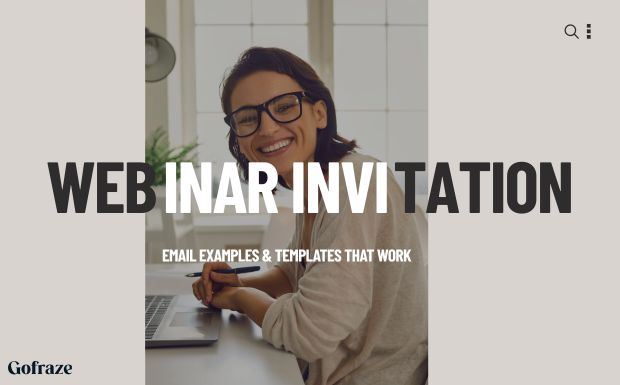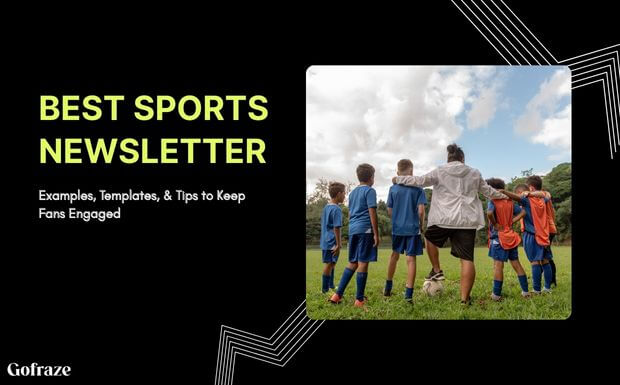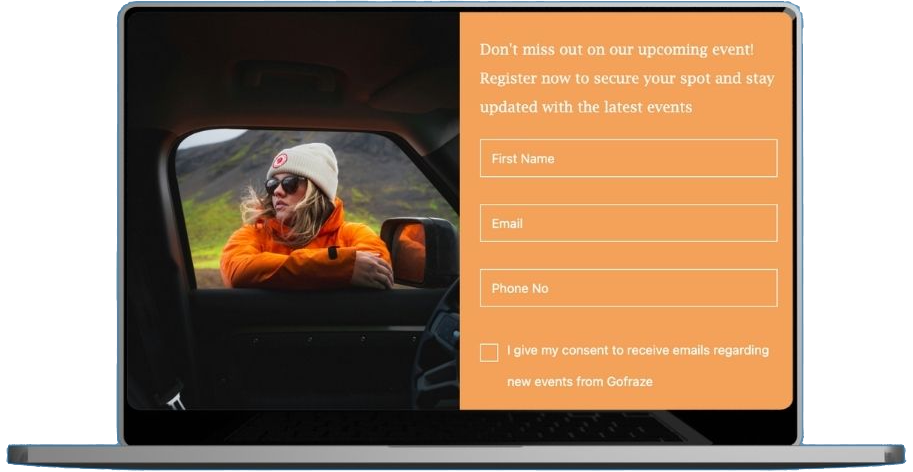The Importance of Email Marketing in the Evolving Higher Education Landscape
In today’s competitive educational environment, colleges and universities must reach their audiences—students, parents, alumni, and donors—through channels they engage with daily. Email marketing for Higher Education remains a cornerstone of communication. It’s direct, personal, measurable, and cost-effective.
As digital transformation reshapes higher education, institutions that master email marketing can drive:
- Increased enrollment
- Enhanced student engagement
- Stronger alumni relations
- Improved internal coordination
Leveraging Email to Boost Admissions, Engagement, and Alumni Relations
Email is more than a marketing tool; it’s a relationship builder. From nurturing inquiries to onboarding new students and maintaining long-term alumni engagement, email helps institutions remain relevant and connected.
Benefits of Email Marketing for Higher Education
✅ Attract Prospective Students
- Send targeted campaigns to prospects based on interests, academic goals, or geography.
- Share campus tour invites, open house info, and application reminders.
✅ Keep Current Students Informed
- Notify about registration deadlines, exam schedules, campus events, and academic resources.
- Share success stories, mental health tips, or club news to keep them engaged.
✅ Improve Alumni Relations and Fundraising
- Send alumni newsletters, reunion invites, and donation appeals.
- Highlight alumni success stories to maintain pride and connection.
✅ Promote Events and Academic Programs
- Email is ideal for promoting new degree programs, summer courses, or guest lectures.
- Drive attendance for webinars, career fairs, and workshops.
✅ Automate Communication Workflows
- Automate admissions drip campaigns, course enrollment notifications, or academic advising reminders.
- Reduce administrative overhead while increasing efficiency.
Top Email Types for Higher Education Institutions
📩 Welcome Emails
Purpose:
Welcome emails are the first point of contact after a student takes a significant step—submitting an application, being accepted, or confirming their enrollment. These emails should make the recipient feel valued, excited, and informed.
When to Send:
- Immediately after application submission
- Upon acceptance
- After enrollment confirmation
What to Include:
- A personalized greeting (e.g., “Welcome to the Class of 2029!”)
- A brief congratulatory message
- Key next steps (housing, financial aid, orientation, ID setup)
- Campus resources and links (e.g., student portal, academic calendar)
- Contact details for admissions or student services
Best Practices:
- Use dynamic fields to personalize names and programs
- Keep it positive and clear—avoid jargon
- Include a warm, branded visual design
Example Subject Lines:
- 🎉 You’re In! Here’s What Happens Next
- Welcome to [University Name] — Start Your Journey!
📩 Confirmation Emails
Purpose:
Confirmation emails build trust by validating a recipient’s action and providing a written record. They reduce confusion, streamline the process, and set expectations.
When to Send:
- Immediately after a student submits an application or enrollment form
- After an event registration
- When donations or survey responses are submitted
What to Include:
- Confirmation number or submission details
- Summary of what the recipient submitted
- Any next steps or deadlines
- Contact info for support/questions
Best Practices:
- Include branding to prevent confusion with spam
- Link to “what to do next” or FAQs
- Ensure it’s mobile-friendly (many confirmations are read quickly on phones)
Example Subject Lines:
- ✅ We Received Your Application!
- You’re Registered for [Event Name] — Details Inside
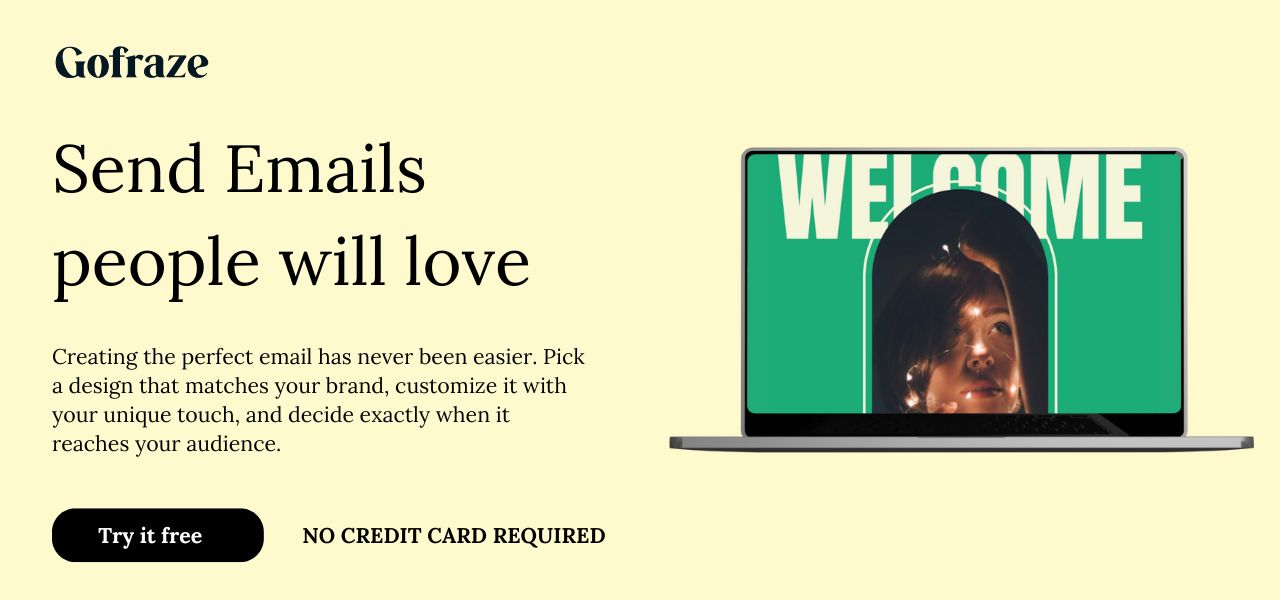
📩 Promotional Emails
Purpose:
These emails market programs, events, scholarships, and academic opportunities to prospective and current students. The goal is to inform and drive action—be it enrollment, attendance, or application.
When to Send:
- During enrollment periods
- Ahead of scholarship deadlines or program launches
- Prior to events/webinars
What to Include:
- Strong CTA (Apply Now, Register Today, Learn More)
- Details on the opportunity (what, when, how, benefits)
- Testimonials or success stories (especially for new programs)
- Attractive images, videos, or banners
Best Practices:
- Use urgency (e.g., “Last day to apply!”)
- Segment your audience (don’t promote a graduate program to freshmen)
- Highlight value (career outcomes, scholarships, unique features)
Example Subject Lines:
- 🌟 Discover Our New AI & Robotics Program!
- Last Chance: Apply for Fall 2025 Scholarships Today!
📩 Thank You Emails
Purpose:
Thank you emails express appreciation and nurture relationships with donors, attendees, volunteers, and participants. They encourage ongoing engagement and goodwill.
When to Send:
- After a donation
- Post-event (e.g., webinar, orientation, fundraiser)
- Following a survey or feedback form submission
What to Include:
- A genuine thank-you message
- Impact of their participation/donation
- Photos or stats from the event or initiative
- Optional next step (join mailing list, donate again, share feedback)
Best Practices:
- Make it heartfelt and specific
- Personalize based on their contribution or involvement
- Follow up with further engagement opportunities
Example Subject Lines:
- Thank You for Supporting [Scholarship Fund Name] 💙
- You Made a Difference at [Event Name] — Thank You!
📩 Re-engagement Emails
Purpose:
These emails aim to reconnect with inactive recipients—whether they’re students who stopped responding or alumni who haven’t been in touch. It’s about reminding them of your value and inviting them back.
When to Send:
- After 3–6 months of inactivity
- Before major milestones (alumni reunions, re-enrollment deadlines)
- When updating contact info or preferences
What to Include:
- A friendly message (e.g., “We’ve missed you!”)
- Updates or news they may have missed
- A quick survey or feedback form
- An incentive (exclusive content, event invite, resource download)
Best Practices:
- Keep it light and low-pressure
- Include a clear CTA (update preferences, re-subscribe, contact us)
- Segment based on user type (alumni, prospective student, donor)
Example Subject Lines:
- We Miss You, [First Name]! Here’s What’s New 🎓
- Still Interested in [Program Name]? Let’s Catch Up!
How to Create an Email Strategy for Your University or College
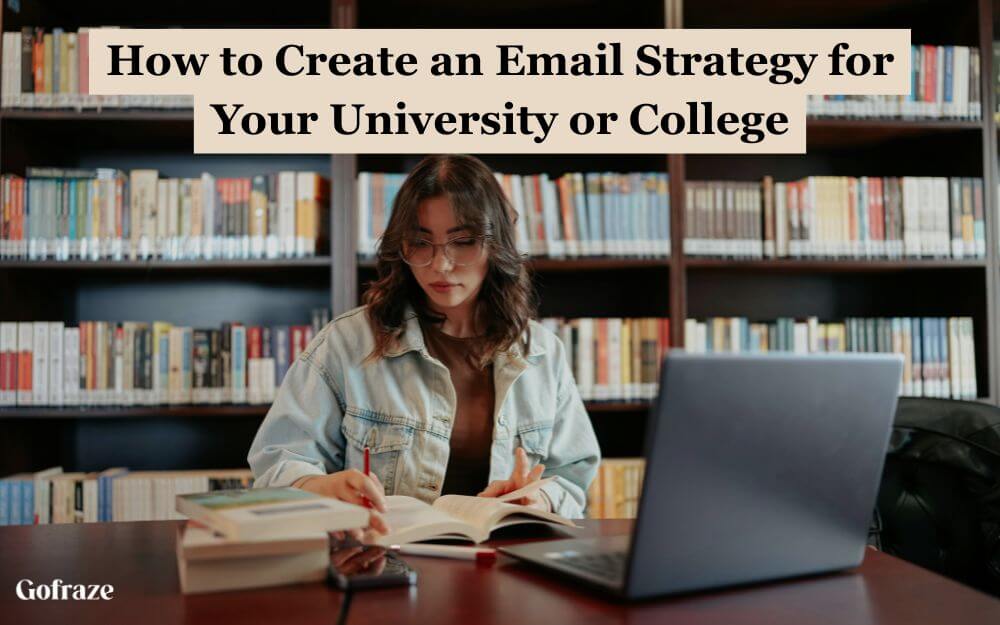
🛠️ Choose Your Email Marketing Software
Why It Matters:
The right software is the foundation of your email marketing strategy. It determines how easily you can create, automate, and analyze your email campaigns. For higher education, the software should cater to complex audiences and various goals (admissions, retention, fundraising, etc.).
What to Look For:
- CRM and Student Database Integration
Connect with your admissions CRM or student information system to track interactions and personalize communication across the student lifecycle.
- Advanced Segmentation Capabilities
Segment your audience by demographics, behavior, program interest, or student status (e.g., applicant vs. enrolled student).
- Drag-and-Drop Editors
Empower non-technical staff to design beautiful, branded emails without coding.
- Automation Workflows
Set up triggered emails (e.g., welcome series, deadline reminders, re-engagement) to reduce manual work.
- Detailed Analytics
Monitor performance metrics like open rate, CTR, unsubscribes, and conversions to continuously improve campaigns.
Top Tools for Higher Ed in 2025:
- Gofraze – Education-specific templates and built-in student journey automation.
- Brevo (formerly Sendinblue) – Excellent for automation and segmentation at an affordable price.
- ActiveCampaign – Advanced automation and CRM, great for lifecycle marketing.
- HubSpot (with Education CRM) – All-in-one platform for marketing, CRM, and admissions workflows.
- Constant Contact – Easy-to-use for small to mid-sized colleges with customizable templates.
📋 Build an Email List
Why It Matters:
A quality list is essential. The more targeted and compliant your list is, the better your engagement rates and campaign success.
How to Build It:
- Use Inquiry Forms on Your Website
Place clear opt-in forms on admissions, program, and event pages. Include lead magnets like brochures, webinars, or program guides to encourage sign-ups.
- Collect Emails During Campus Visits and Events
Use digital or paper forms at college fairs, open houses, orientations, and workshops. Always include a consent checkbox.
- Encourage Opt-ins via Social Media and Webinars
Promote email-exclusive content (scholarship alerts, campus updates) and capture leads through Facebook, Instagram, and YouTube lead ads.
- Ensure Legal Compliance
Follow data privacy regulations:
- GDPR (Europe): Requires explicit opt-in and data access options.
- CAN-SPAM (U.S.): Requires clear opt-out options and identification of sender.
- Use double opt-in where required to verify email ownership.
📰 Create Your Newsletter
Why It Matters:
A regular newsletter is a powerful tool to keep students, faculty, alumni, and donors engaged. It serves as your institution’s voice.
How to Do It:
- Develop Templates for Consistent Branding
Use your institution’s colors, fonts, and logo. Include consistent headers, footers, and CTAs.
- Include Content That Resonates
- Student stories and achievements
- Campus news and initiatives
- Career services, internship opportunities
- Research updates or faculty spotlights
- Upcoming events, webinars, or deadlines
- Keep It Visually Appealing
Use high-quality images, concise text blocks, and bold CTAs. Optimize for both desktop and mobile devices.
Tip:
Start with monthly newsletters and scale up to bi-weekly or weekly for specific segments (e.g., prospective students).
👥 Segment Your Audience
Why It Matters:
Segmentation lets you send the right message to the right people at the right time, drastically improving engagement and conversions.
How to Segment:
- Prospective Students
Group by:
- Program or major of interest
- Geography (domestic/international)
- Stage in funnel (inquiry, applicant, admitted)
- Entry term (Fall 2025, Spring 2026, etc.)
- Current Students
Segment by:
- Academic year (Freshman, Sophomore, etc.)
- Program or department
- Involvement in clubs or housing
- Full-time vs. part-time
- Alumni
Group by:
- Graduation year
- Career field
- Giving history
- Past event participation
- Donors
Segment by:
- First-time vs. recurring
- Gift size
- Fund supported (scholarships, building fund, athletics)
- Donor campaigns joined
- Faculty/Staff
Send internal updates, HR policies, professional development opportunities, and event invitations.
📊 Analyze Your Metrics
Why It Matters:
Metrics provide insight into what’s working and what needs adjusting. Without tracking, there’s no strategy—just guessing.
Key Metrics to Monitor:
- Open Rate
Measures how compelling your subject line and sender name are. A higher open rate (25–40% is typical in higher ed) means you’re grabbing attention.
- Click-Through Rate (CTR)
Indicates how engaging your content is. A strong CTA and clear links can improve this.
- Conversion Rate
Tracks whether recipients are taking the desired action (applying, registering, donating). This is your most important performance indicator.
- Unsubscribe Rate
High unsubscribes mean your emails aren’t meeting audience expectations or frequency is too high.
Optimize with:
- A/B Testing – Compare two versions of a subject line, CTA, or layout to see which performs better.
- Behavioral Tracking – Monitor who opened/clicked and trigger follow-ups accordingly (e.g., send an info session invite to those who clicked on “Learn More”).
Quick Tips for Successful Email Campaigns
✍️ Write Compelling Subject Lines
- Use action words, personalization, and urgency.
- Avoid spammy phrases (e.g., “Buy now,” “Free!”).
⏰ Create Urgency
- Use deadlines for application windows or scholarship programs.
- Phrases like “3 days left to apply” boost clicks.
🔁 Use Automation
- Build automated workflows:
- Admissions follow-up
- Course registration reminders
- Event countdowns
- Post-event thank you series
🔍 Run A/B Tests
- Test subject lines, email layouts, images, and CTAs.
- Use data to refine and personalize.
🎓 Highlight Student Stories
- Showcase testimonials, alumni interviews, or student takeovers.
- Real stories resonate more than institutional marketing.
📱 Ensure Mobile Responsiveness
- A large portion of students read emails on phones.
- Optimize design, font size, and buttons for mobile.
Ready to Elevate Your Higher Ed Email Strategy?
Boost student engagement, streamline admissions, and strengthen alumni relations with targeted email marketing tools built for education.
Start Growing with Gofraze
🔄 Summary
Email marketing is vital in attracting, engaging, and retaining students, faculty, alumni, and donors. With the right strategy and tools, colleges and universities can:
- Boost admissions and course enrollments
- Keep students informed and connected
- Strengthen relationships and fundraising with alumni


